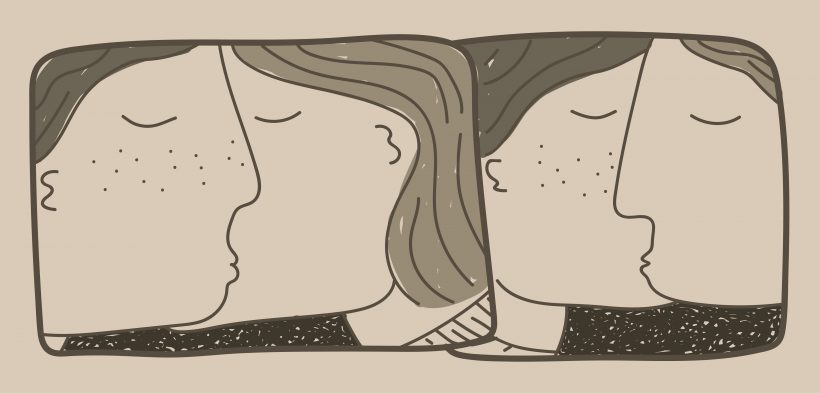To Hug or Not to Hug: Physical Contacts Vary Across Cultures

Have you ever wonder how acceptable it is to hug or touch someone? While it may sound safe to avoid all physical contact to not offend anyone, the lack of touching might imply cold attitudes or indifference in interpersonal relationships that would also hurt others.
So, what should we do?
The simple answer is to thoroughly learn unique cultural habits and norms for physical contact. Whether you have diverse friends, plan to go abroad, or are simply curious, it is important to understand how different individuals view physical contact and touching. In the field of nonverbal communication terminology, physical contact and the study of touching are generally referred to as haptics.
A popular perception is that the use of haptics in communication often suggests the level of intimacy to display affection between one another. Therefore, based on past studies haptics in cultures are classified into two groups: high-contact and low-contact.
Asia and quite surprisingly the United States, Canada, Britain, Australia, and New Zealand are classified as low-contact cultures whereas people from the rest of the world, such as Latin America and the Mediterranean region, are considered to be in high-contact cultures. The latter ones tend to expect touching in social interactions and feel more comfortable with physical closeness. Despite the classification, there are more complex factors such as geographical regions, relational closeness, gender, age, and context that can affect how someone views physical contact.
For instance, one of the common French customs of greetings is cheek-kissing, but it is mostly restricted among friends, closer acquaintances, and family members. While cheek-kissing for Latin Americans is also a universal greeting form, it does not require such a high degree of relational closeness. However, gender matters more for them because cheek-kissing often only happens between women or a man and a woman but not two men.
In contrast, in certain Arabian, African, and Asian countries, men can publicly hold hands or show physical affection as signs of brotherhood or friendship while these behaviors may suggest a romantic relationship in other parts of the world. Although men’s touching is more normal in these cultures, physical contact between persons of opposite sexes who are not family members is negatively perceived in Arabian countries.
Another example is patting on the head, which can be tabooed in some Asian countries such as Thailand, but is seen as a sign of affection in Japan or Korea. Hugging is not very common in parts of Asia such as China and Vietnam, where the parent-child bond may also lack physical intimacy. Similarly to Arabs, many Asian cultures often view physical contact between unmarried couples or people of opposite sexes as traditionally unacceptable.
As these interesting comparisons can help you avoid misunderstandings or prejudice against societal norms of physical contact in different cultures, another overlooked factor is personality types and family environment. These factors could definitely affect the degree to which someone is comfortable with tactile communication and physical intimacy. Therefore, if you are someone who loves to show physical affection, you should not be afraid to show it or drastically change your behaviors – just always ask for consent beforehand!



